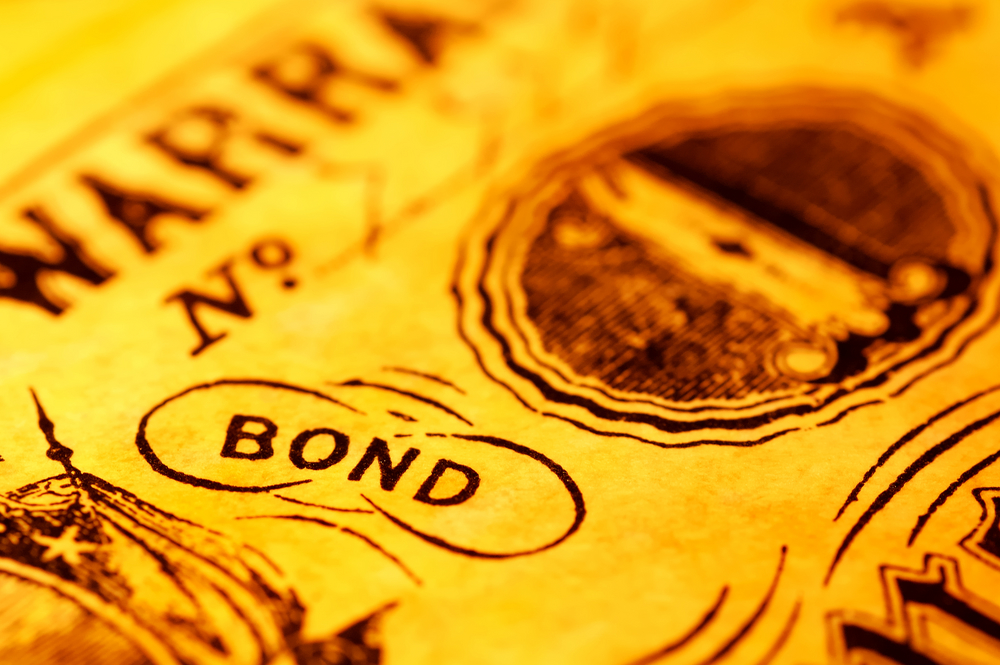
From Lollars to Dollars: How Will Beirut Stock Exchange Stocks Be Priced Next?
For several years, Lebanon has faced a severe and multifaceted economic crisis, marked by the dramatic devaluation of the Lebanese pound (LBP) and the imposition of informal capital controls. Since 2019, the LBP has lost over 98% of its value, plummeting from 1,500 LBP per U.S. Dollar to approximately 89,500 LBP per U.S. Dollar, while inflation rates have soared into triple digits. The crisis has been exacerbated by a Dollar liquidity shortage, leading to the widespread adoption of the so-called “Lollar” system, where U.S. Dollar deposits in Lebanese banks are subject to restrictions and accessible in LBP at rates that diverge from the parallel market.
During this period, stocks on the Beirut Stock Exchange (BSE) shifted to Lollar-based pricing. As Lebanon contemplates economic reforms, including a potential International Monetary Fund (IMF) agreement that would unify exchange rates, a critical question emerges: How will BSE stocks be priced in a post-Lollar era?
This report analyzes possible pricing mechanisms for BSE stocks after the Lollar system’s abolition and draws lessons from countries that have undergone currency reforms or full dollarization, with a focus on the implications for their stock markets.
For the full report, click on the below link:
From Lollars to Dollars – How Will Beirut Stock Exchange Stocks Be Priced Next



